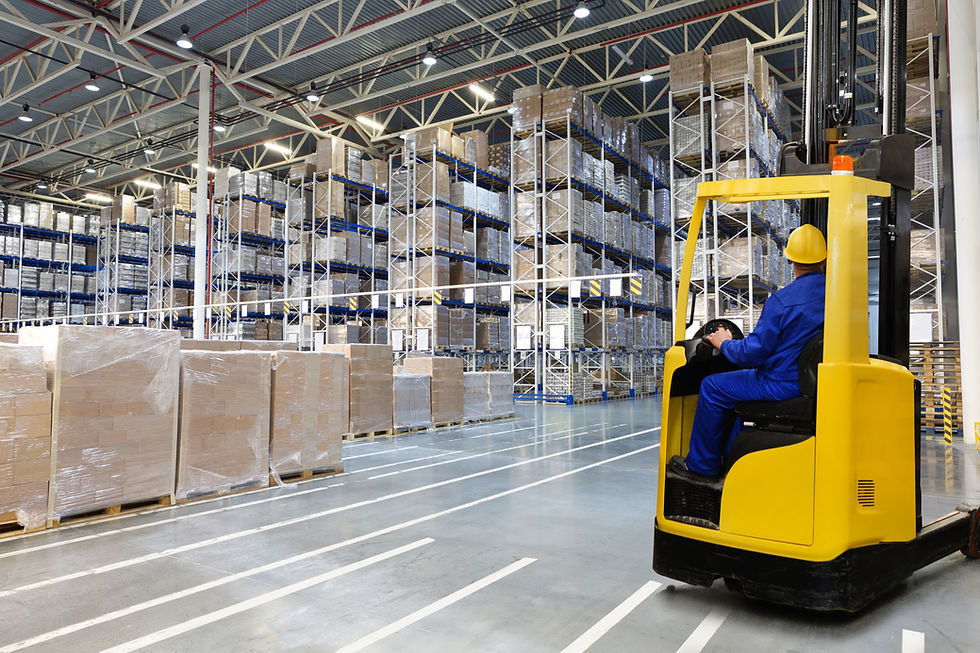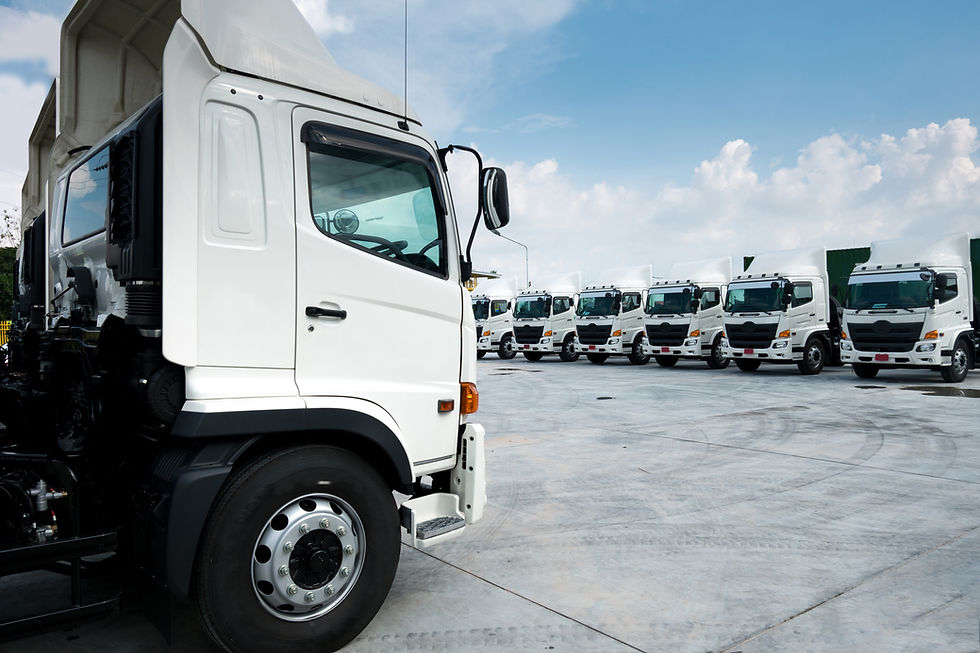Common Issues in LTL transit – Shipping Stories (Episode 3)
- Whitecloud Fly
- Oct 22, 2024
- 2 min read
Updated: Dec 7, 2024
After an LTL truck picks up the cargo and starts the shipping process, most shipments are delivered safely, but some may encounter issues. How can we prevent these problems?
Common LTL Shipping Issues and Solutions:
Delays
Since LTL trucks share space with shipments from multiple senders and involve multiple transfers, delivery is often delayed and doesn’t arrive on the estimated delivery date.
Solution: It is recommended to allow an extra 2 to 3 business days when shipping with LTL services. Avoid shipping at the last minute, as LTL delivery times are usually twice as long as FTL (Full Truckload) services. For example, shipping from New York to California via FTL typically takes 4 business days, while LTL may take 8 to 10 business days.Damaged Goods
Unlike FTL services, where shipments are transported directly from sender to recipient without transfers, LTL shipments are transferred and handled multiple times, increasing the risk of damage.
Solution: For boxed goods, ensure they are stacked tightly and wrapped with stretch film that covers both the boxes and the pallet underneath, making it one unit (as shown in the image). For other types of goods, make sure the outer packaging provides sufficient protection. Take photos of the goods before shipment to document their original condition, so you can provide evidence in case of damage and file a damage report.Unable to Reach the Recipient
When delivering LTL shipments, the freight company will usually call the recipient to schedule a delivery time. If the recipient cannot be reached, the goods will be stored in the freight company’s warehouse, and extra storage fees may be incurred.
Solution: When completing the Bill of Lading (BOL), double-check that the recipient’s contact number is correct and inform the recipient that the freight company will be calling to schedule the delivery. Ask them to keep an eye out for the call.Extra Delivery Fees
Sometimes, recipients may request that the delivery company bring the goods inside their home or garage. This “inside delivery” service incurs additional fees.
Solution: Clearly communicate with the recipient that the goods will be delivered to the doorstep only. If additional services are needed, they will come at an extra cost. You can also specify on the Bill of Lading (BOL) that only the services selected will be provided during delivery.Successful LTL shipping depends on thorough planning, clear communication, and proper packaging. Once these aspects are well-prepared, you can fill out the BOL and schedule a truck pick-up, ensuring a smooth and safe delivery.

Youtube: https://youtu.be/QBxPvlITFso





Comments